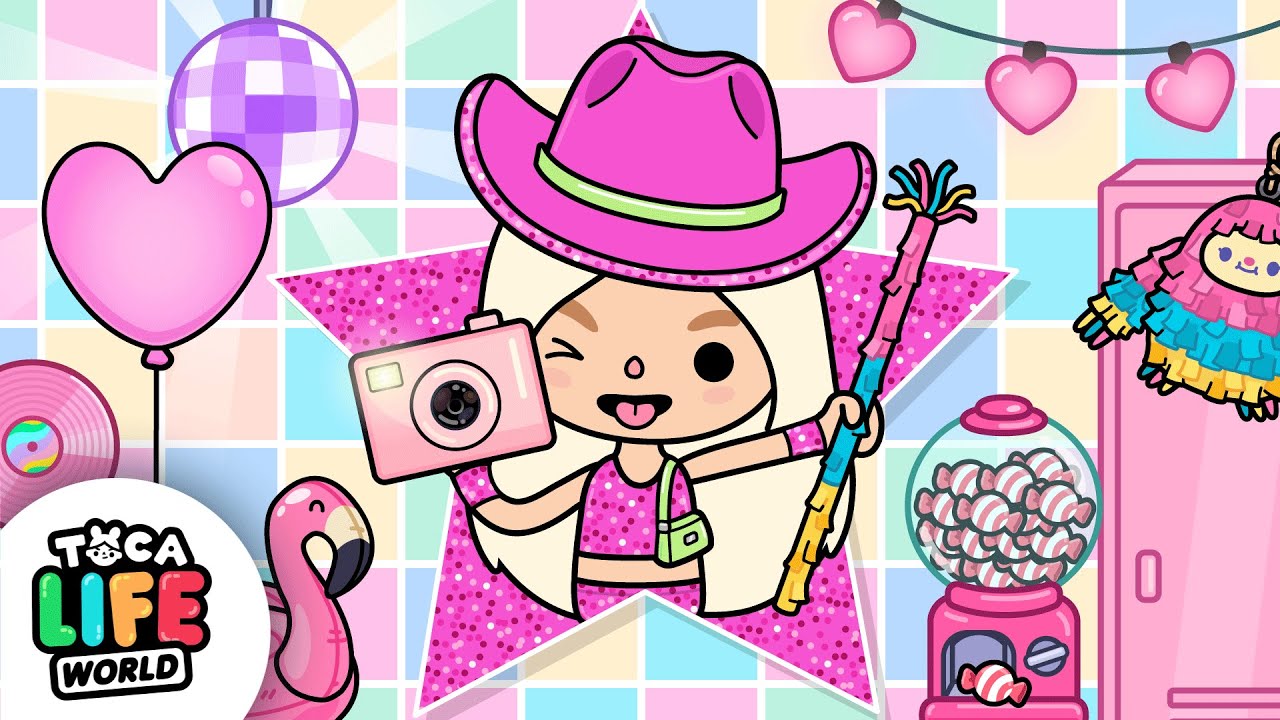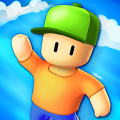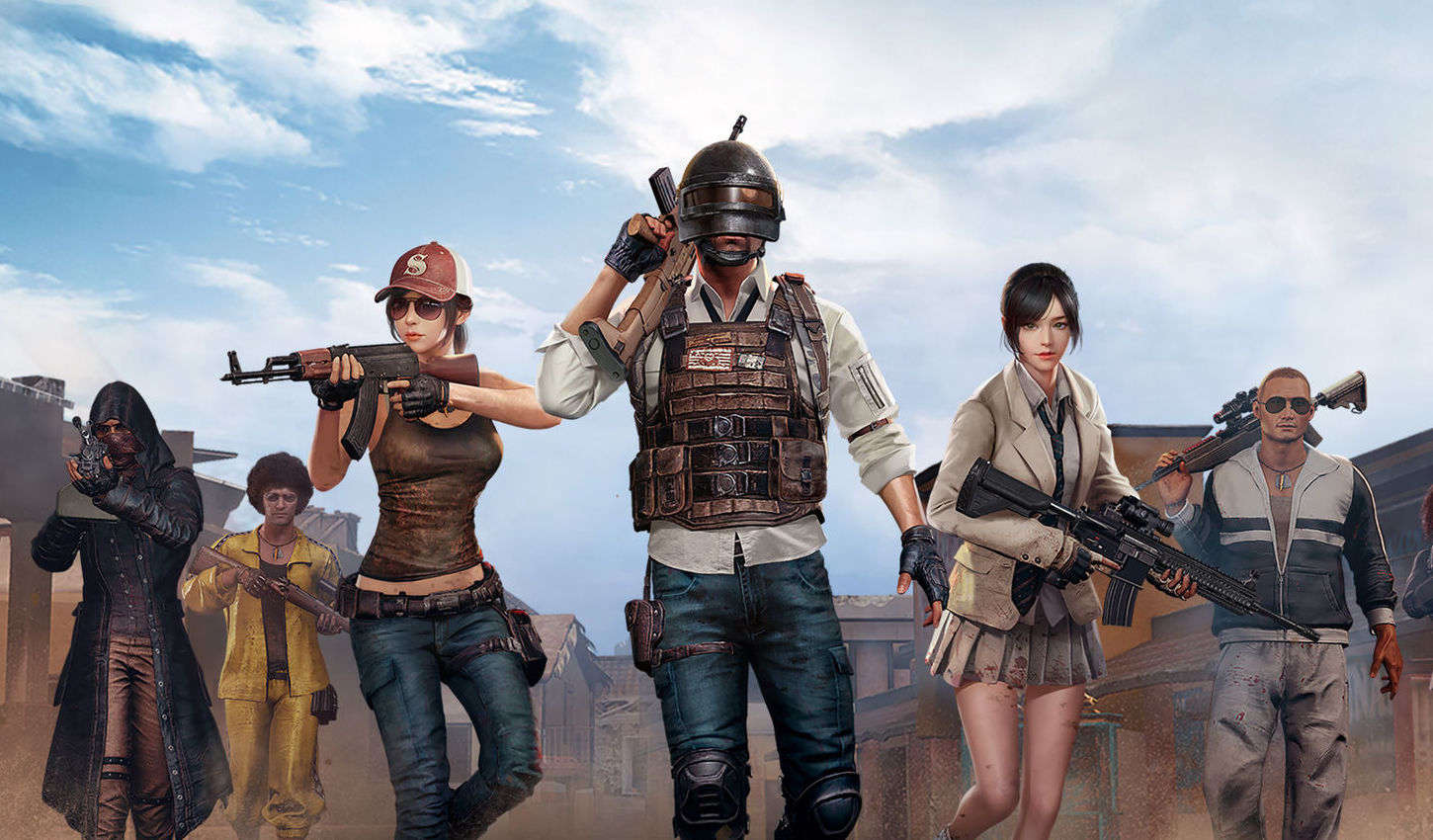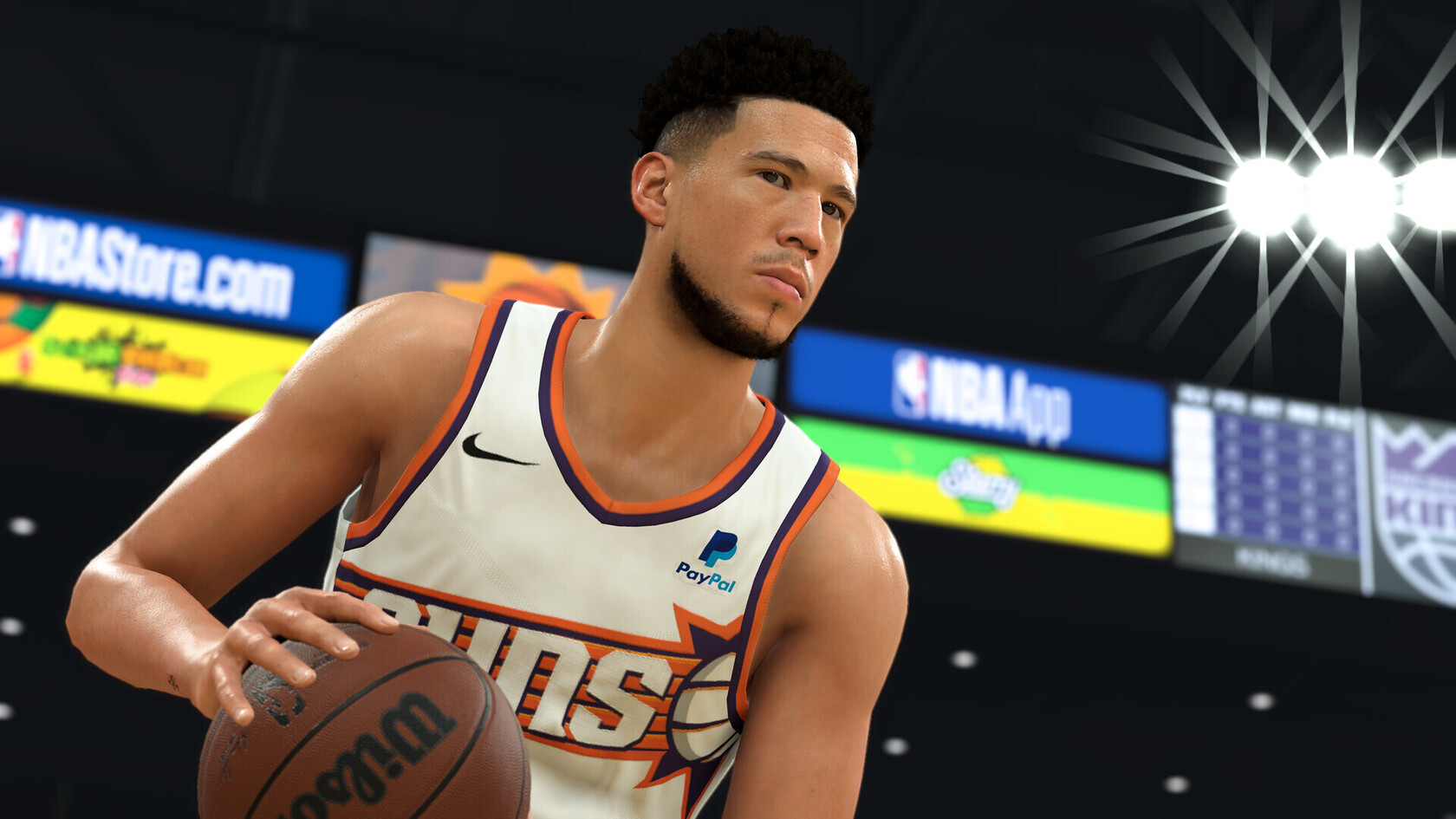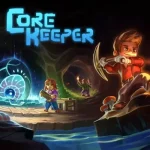Advertisement
Popular Now
Introduction
Toca Boca World is praised for its open-ended, child-friendly sandbox play. With colorful visuals, interactive environments, and the freedom to create, the game empowers kids to express their imagination freely. However, a growing concern within its community—both from young players and parents—is the increasing monetization of the game through paid content. While Toca Boca World is free to download, many features, buildings, characters, and outfits are locked behind in-app purchases. This shift toward a heavily monetized ecosystem raises important questions: Is creativity being sold? Are some kids being excluded from the full experience? This article explores these issues in depth—tracing their origins, impacts, and implications over time.The Evolution of Toca Boca World’s Business Model
Toca Boca began as a developer of standalone games like Toca Kitchen and Toca Hair Salon. These games were sold as premium, ad-free experiences. When Toca Life World was launched in 2018, it merged all previous apps into a connected world and changed the model to free-to-play with optional purchases. This shift marked a turning point. The base game was free, but nearly every expansion—new locations, furniture packs, character sets—required payment. With frequent content drops, Toca Boca moved from a static game to a dynamic, ever-expanding world—but at a cost. The new model helped sustain ongoing development, but it also introduced inequality among players: those who could afford expansions versus those who could not.Paywalls and the Limitation of Creative Expression
One of the core appeals of Toca Boca World is its sandbox nature. Players can build stories, create families, decorate homes, and imagine their own narratives. However, creativity in the game is tightly linked to content access. Key limitations include: Many furniture sets and design options are locked. Certain locations (e.g., the Mall, Hospital, or Beach) are only available through purchase. Unique characters and outfits are exclusive to paid packs. This means that a player without purchased content has far fewer storytelling tools than someone who has access to the full range. In a game about freedom and imagination, this creates a paradox: creativity is only truly free if you pay for it.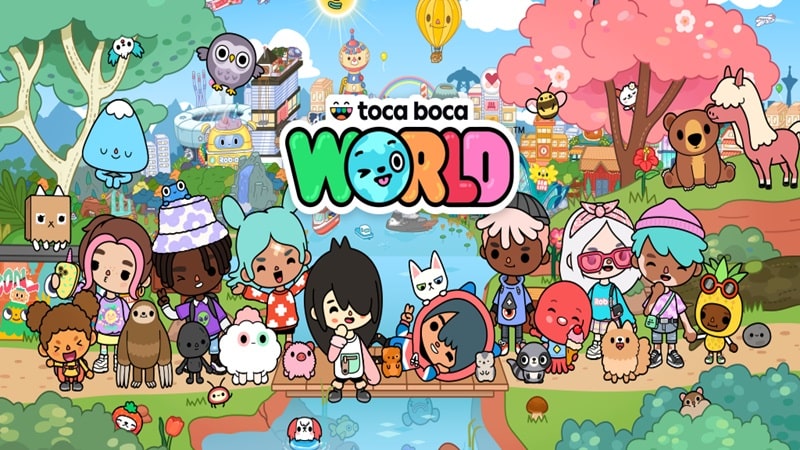
Content Bundles and the Illusion of Choice
Toca Boca frequently releases bundles and packs with names like “Care & Core Bundle” or “Modern Mansion Pack.” While these seem like value deals, they often create pressure to buy multiple packs to complete a set. For example: A player might buy a modern home but must also purchase a furniture pack to decorate it fully. A story about running a restaurant requires both the restaurant building and kitchen pack. This bundling model encourages continuous spending. It also fragments the game world, requiring players to plan purchases carefully—or risk having an incomplete experience. The illusion of choice can be frustrating. Players feel like they’re missing out, and creative projects feel limited or incomplete without certain items.How Monetization Affects Children’s Gameplay Experience
Toca Boca World is targeted primarily at children aged 6–12. These young users often do not control their own spending, relying on parents to make purchases. This dynamic introduces a unique set of challenges. Parents report: Children repeatedly asking for in-app purchases. Frustration when friends have content they don’t. Constant reminders within the app to “explore” locked areas. The presence of locked content in the game world serves as a constant nudge toward monetization. For children who don't understand financial constraints, this can lead to disappointment or even resentment. It also impacts peer interaction—kids who can access certain content may seem “cooler” than those who can’t.Platform Disparities and Purchasing Confusion
Not all players experience the monetization system equally. There are discrepancies across platforms—iOS and Android—and even issues with shared accounts or family devices. Common complaints include: Purchased content not syncing across devices. Different prices between app stores. Inability to restore purchases without logging into the original account. This complexity makes it harder for families to manage purchases, especially in homes with multiple children sharing one account. It also adds to parental frustration, which can negatively affect the game’s reputation.Comparisons with Other Sandbox Games
To better understand the monetization problem, it's useful to compare Toca Boca World with similar games like Roblox, Minecraft, and The Sims. Roblox: Offers a platform where many experiences are free; monetization often comes from creators. Minecraft: Has a one-time purchase model for the core game, with optional marketplace items. The Sims: Known for expansion packs but often criticized for its costly DLC model. Toca Boca’s system mirrors The Sims in many ways—frequent, thematic content drops that feel necessary to complete the experience. However, unlike The Sims, which targets older audiences, Toca Boca’s young user base makes these monetization tactics more ethically questionable.Creative Workarounds: What Players Are Doing
Despite restrictions, Toca Boca’s fanbase is resourceful. Many players use YouTube, TikTok, and Pinterest to share ideas for creating cool rooms, outfits, and stories without spending money. Popular workarounds include: Reusing and reimagining free items in new ways. Mixing characters to simulate unique scenarios. Using the free “Character Creator” to design custom avatars. Additionally, some fans create “free packs” or mimic paid content using only free assets. These creative solutions show the resilience of the community—but they also underscore how deeply players desire more access.The Ethical Debate Around Child-Targeted Monetization
Should games aimed at children rely so heavily on in-app purchases? Many child advocacy groups argue that paywalls in children's games blur the line between play and commerce. Concerns include: The psychological pressure of locked content. Lack of transparency in costs. Manipulative design choices (e.g., showing locked areas during play). Toca Boca’s original mission was to encourage play and creativity without ads or aggressive monetization. While the company has avoided ads, its current model still raises ethical questions about fairness and accessibility for all children.Developer Response and Community Feedback
To its credit, Toca Boca has occasionally responded to feedback. For example: Some free updates have added new areas or gifts. Events and holidays sometimes bring limited-time freebies. Developers host Q&As and listen to user feedback on platforms like Instagram and YouTube. However, these gestures are often seen as small compared to the scale of monetized content. The community regularly requests: A way to earn items through gameplay. More free character slots. A return to fully premium, ad-free experiences without microtransactions. Whether Toca Boca will shift its strategy remains uncertain. Still, the growing volume of feedback indicates that change may be necessary to retain goodwill.